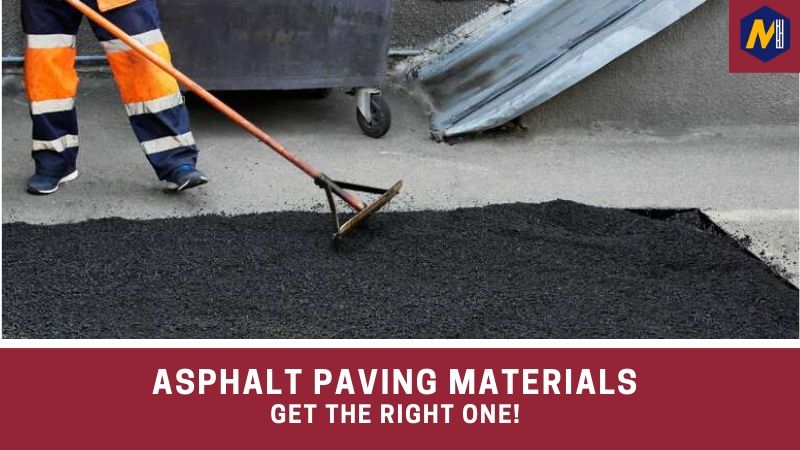Not known Facts About A1 Professional Asphalt & Sealing Llc
Not known Facts About A1 Professional Asphalt & Sealing Llc
Blog Article
Top Guidelines Of A1 Professional Asphalt & Sealing Llc
Table of ContentsThe Buzz on A1 Professional Asphalt & Sealing LlcSome Known Details About A1 Professional Asphalt & Sealing Llc A1 Professional Asphalt & Sealing Llc Can Be Fun For AnyoneEverything about A1 Professional Asphalt & Sealing LlcRumored Buzz on A1 Professional Asphalt & Sealing Llc

The oil in a cars and truck engine is not just oil. The REOB includes all the additives that were in the waste oil as well as the wear steels from the engine (mainly iron and copper).
Nonetheless, by making lots of blends using different REOB examples and various asphalt binders, the variants mainly can be averaged out. Numerous States provided samples of well-known REOB structure to TFHRC researchers, who evaluated the examples to contrast the portion of added (known) REOB to the located (examined) quantity. The evaluations showed a similar percent of added and found REOB.
9 Easy Facts About A1 Professional Asphalt & Sealing Llc Shown
None of those States understood that the asphalt they were buying included REOB. One State insisted its samples had no REOB - https://zzri1z2o90l.typeform.com/to/BPqH2MM1.
Of the 1,532 samples checked, 12 percent included REOB, and some had significantly high levels of it at 1020 percent. The highest degree was 34 percent in an example from Texas, which TxDOT had used in a patching substance. This screening likewise exposed the visibility of phosphoric acid in 11 percent of the samples, and 2 percent included ground tire rubber.
2 years ago at TRB's annual meeting, the Federal scientists held an REOB workshop and presented the searchings for of their laboratory assessments to a standing room-only crowd. Some companies do not specifically prohibit REOB, they do enforce physical tests that avert its useeffectively a restriction. Others do not outlaw it by spec, yet have agreements with asphalt providers to stay clear of making use of REOB
A1 Professional Asphalt & Sealing Llc for Beginners
A handful do permit REOB, some within certain limits. Ohio and Texas restriction levels to less than 5 percent of the asphalt. To establish a dependable test method that all States can make use of, the TFHRC researchers established a round-robin examination strategy. The individuals are 11 State highway companies (Illinois, Massachusetts, Minnesota, Mississippi, Montana, North Carolina, Oklahoma, South Carolina, Texas, Vermont, and Wyoming), 2 independent testing labs, the Ministry of Transportation in Ontario, Queen's College in Ontario, and an Ontario paving service provider.
In total, the scientists prepared and delivered 720 blends. The participants are evaluating the samples independently using the standards provided by the TFHRC researchers. The round-robin screening is nearly finished, and TFHRC remains in the process of collecting the results. The result will certainly be a suggested AASHTO examination technique that any State can adopt and use (asphalt repairs).
The sidewalk with REOB, which lies 0.6 mile (1 kilometer) from the pavement without REOB, has identical subgrade, traffic thickness, and environment. The section of Highway655 with 5 to 10 percent REOB revealed considerable cracking. In this instance, the presence of REOB was the determined root cause of cracking at a low temperatures.
An area of examination sidewalk in Minnesota (MN1-4) found to have REOB also split prematurely. The pavement executed well for the first 3 to 4 years, but after that started to crack.
Top Guidelines Of A1 Professional Asphalt & Sealing Llc
The examinations were not substantial, yet they showed that at degrees of 6 percent or even more, the tensile toughness of the asphalt dropped substantially. At a level of 3.5 percent REOB, the variation in the physical test methods was more than the impact of REOB. In truth, it was tough for scientists to analyze whether REOB existed.

One binder specification my site thought about is the difference in between the low temperature level critical spec temperature for tightness (S) in the flexing beam of light rheometer and the flexing beam rheometer creep incline (m-value) noted as Tcritical. Two independent research study teams, one from AASHTO and the various other from the Asphalt Institute, concluded that even more research study is needed on the use of REOB in asphalt.
Previously, all asphalt testing determined design homes such as tightness. These tests do not reveal what products had actually been included in the asphalt. One example obtained throughout the TFHRC research had an extremely odd analysis. The example had the adhering to test outcomes: Superpave PG 64-28 with a high temperature quality of 67.3 Tcritical on the flexing beam of light rheometer was 6.7 degrees Celsius.

Fascination About A1 Professional Asphalt & Sealing Llc
These outcomes demonstrate there are weaknesses in the standard design screening procedures that may be manipulated. The producer may have a financial benefit and the item passes all the standardized examinations, yet the item may not be useful to ensuring long-term performance. To address this problem and the expansion of brand-new asphalt additives and extenders, TFHRC is starting a research study program to use portable spectroscopic devices, x-ray fluorescence spectroscopy, and Fourier transform infrared spectroscopy to allow analyses to be performed in the area instead than having to take samples back to the laboratory.
Report this page